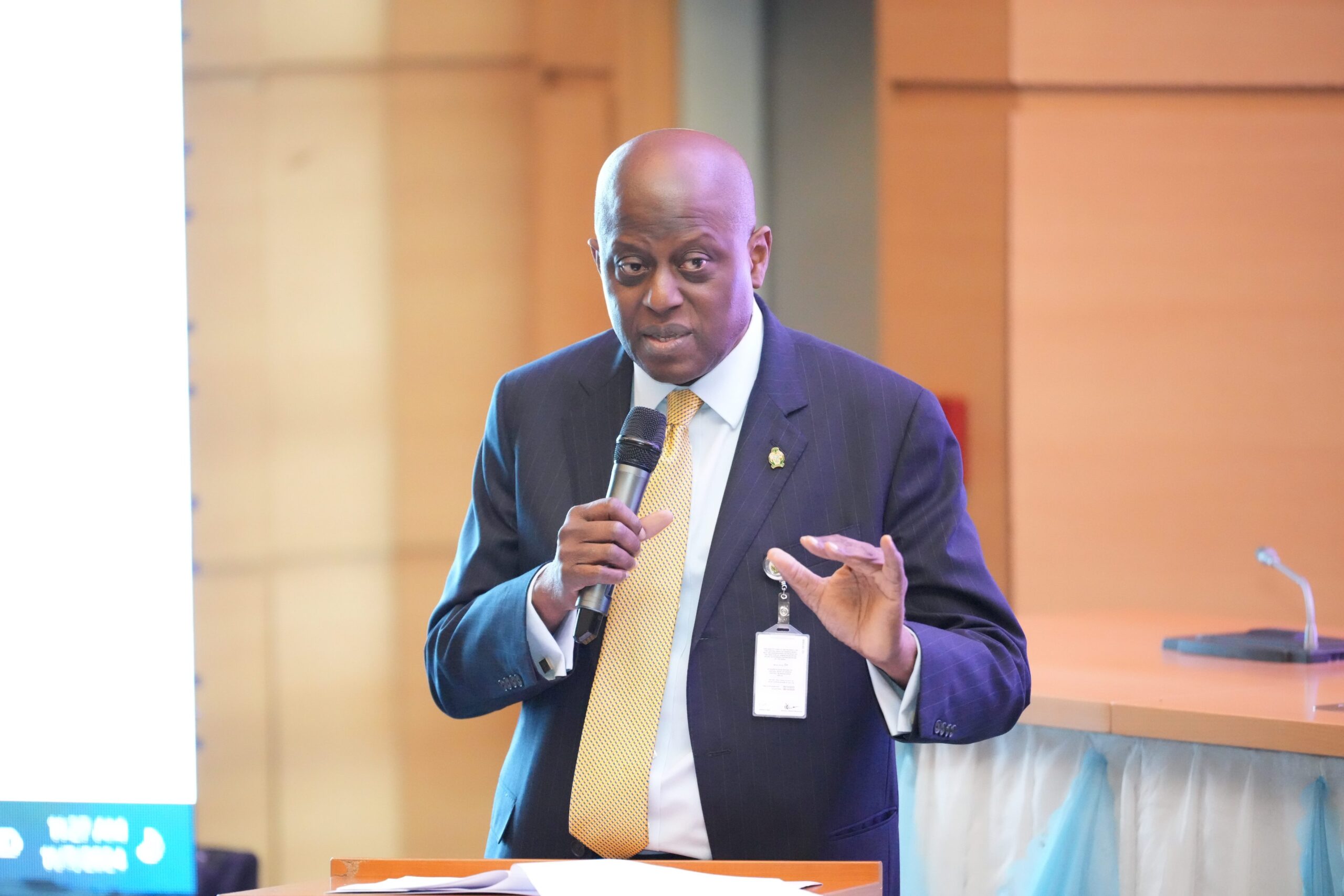With attention gradually shifting towards the expansion of fibre network in Nigeria, where 90,000km of fibre is expected to be deployed by the last quarter of 2025 to complement the existing 35,000km, the Minister of Communications, Innovation and Digital Economy, Dr Bosun Tijani, has explained the layout plan.
The deployment, which is a $2 billion World Bank-supported project, will be on an open access basis and designed to deliver high-speed, resilient and equitable broadband connectivity to every corner of Nigeria — from major urban hubs to remote communities.
Revealing the plan at a stakeholder meeting in Lagos, hosted in partnership with the Association of Telecom Operators of Nigeria (ATCON), Tijani said Project Bridge is structured to support the needs of both large and small Internet Service Providers (ISPs), offering scalable access through core, metropolitan and middle-mile layers.
He said by enabling healthy competition and network sharing, the project would accelerate fixed broadband growth nationwide.
“The project will add 90,000km to the existing 35,000km network of fibre optic cable, thereby deepening our digital backbone, ensuring that more Nigerians can participate in and benefit from the digital economy,” he stressed.
According to the minister, at the heart of the design are seven regional backbone rings, interconnecting Nigeria’s six geopolitical zones and Lagos. He said these rings will form a resilient national framework of 125,000km of fibre that ensures redundancy, minimises latency, and supports seamless data flow across the country, adding that this structure is critical to meeting growing national demand for high-capacity digital infrastructure.
Tijani said each region is covered by a dedicated fibre ring (Lagos, South West, South South, South East, North Central, North East and North West), strategically planned to connect urban centres and enhance regional interconnectivity. This regional design, according to him, supports economic activity, governance, education, and digital access across all zones.
He said the network extends to all 774 Local Government Area (LGA) headquarters, establishing Points of Presence (PoPs) that serve as key distribution points.
According to him, this ensures that the underserved and remote regions are integrated into the national digital framework, saying the rollout is prioritised by population density and demand, with a scalable design to accommodate future expansion.
“From each LGA PoP, fibre links will extend to Nigeria’s administrative wards, particularly targeting schools and healthcare facilities. These ward-level nodes function as mini PoPs, enabling further last-mile distribution and helping close the access gap in rural communities. The average LGA-to-ward distance is ~6km, guiding deployment estimates,” he stated.
The minister said the last mile remains essential and will involve linking service providers to homes, offices, and institutions using fibre or other technologies. He said this final layer will be supported by the foundational middle-mile network, enabling broader internet access across Nigeria.
“As we look forward to the rollout of this groundbreaking project, we welcome comments around the potential impact on our digital economy as well as any shared experiences that will support and enrich this process,” Tijani stated.






